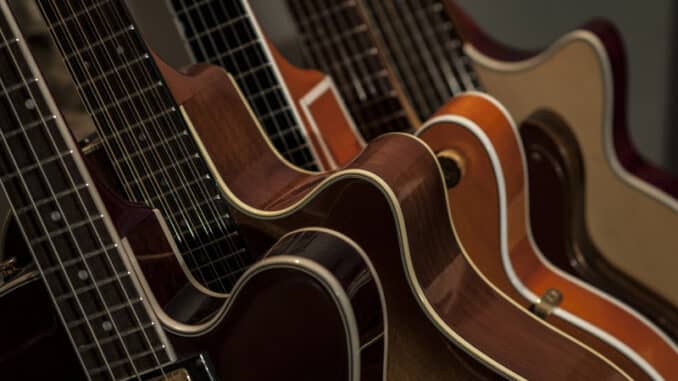
Buying an acoustic guitar depends more or less entirely on the plan you have for the guitar and also the experience you have using one. For instance, if you are a beginner then you will want an inexpensive guitar that you can try your hand at first without needing to spend too much money. Such a guitar should also be not be too much of a loss if it gets damaged of course, many guitarists starting out tend to break, scratch and end up deforming their guitars! Of course this does not mean that such a guitar is low in quality. Modern production techniques have greatly reduced the price of guitars which look and sound just fine.
 On the other hand if you are a good enough a guitar player (or a guitar veteran), then you will probably not willing to settle for anything but the best. In this case you will no doubt have collected years of knowledge about guitars, brands, to do’s and not to do’s. In any case, in this article we shall cover all the essential basics that you should know about acoustic guitars so that your next purchase can be your best one yet!
On the other hand if you are a good enough a guitar player (or a guitar veteran), then you will probably not willing to settle for anything but the best. In this case you will no doubt have collected years of knowledge about guitars, brands, to do’s and not to do’s. In any case, in this article we shall cover all the essential basics that you should know about acoustic guitars so that your next purchase can be your best one yet!
Acoustic Guitar Construction
This is really essential and you need to know what parts go into a guitar’s construction as this determines the quality of the guitar’s sound to a great extent. A guitar consists of:

- a. The Body: this consists of the back, sides and top. The kind of wood that is used in the body has a big impact on the way it sounds.
- b. The Bridge: This is the small panel which attaches the strings to the guitar’s body. The Bridge transfers the vibrations and the energy to the guitar’s top. In most cases the bridge is made of plastic or bone.
- c. Top: The top of the guitar is the next most important determinant of how the guitar sounds. Energy and vibrations are transferred via the bridge to the top, which amplifies the sound.
- d. Neck: The neck is attached to the body at the neck joint. In most cases the neck is fixed to the body meaning that it is glued. There are some guitars however, in which the neck is bolted.
- e. Fret-board or Fingerboard: The Fret-board is a long thin piece of wood that is attached to the neck with little metal strips on it called “Frets”. This is also called the Fingerboard because placing your fingers on the Frets is what produces the different notes when playing the guitar.
- f. Tuners: Also known as tuning keys help you adjust the tension and pitch of each string.
Acoustic Guitar Woods
The kind of wood that is used in the guitar has a great impact on how it sounds. As each wood tends to have a different tonal quality, it helps if you know how the different kind of woods which are used in the making of a guitar. The most commonly types of woods used in the making of a guitar are
- Cedar: Is mostly used in classical and finger-style guitars for its emphasis on the upper registers.
- Ebony: Is a preferred wood for fret-boards.
- Koa: Which being a rare wood is used in some of the more expensive variety of guitars, tonally it emphasizes a mid-ranged spectrum.
- Mahogany: Mahogany is mostly used in the neck and bridges of acoustic guitars.
- Maple: is used in the side and back of the guitar of acoustic guitars and generates a dry tone.
- Rosewood: is typically used in the side and back of acoustic guitars. Rosewood is best known for its added resonance and beautiful mid and low ends.
- Ovangkol: Is an African wood which is increasingly becoming popular for making acoustic guitars. It offers quality of both rosewood and mahogany.
- Sapele: this is also known as African mahogany and is used in the side and back of an acoustic guitar.
- Spruce: Spruce is generally used in the top of an acoustic guitar. It offers great resonance and also good sustain and clarity.
- Walnut: Walnut is often substituted for mahogany in acoustic guitars as its tonal properties are very nearly identical.
Body Style Characteristics
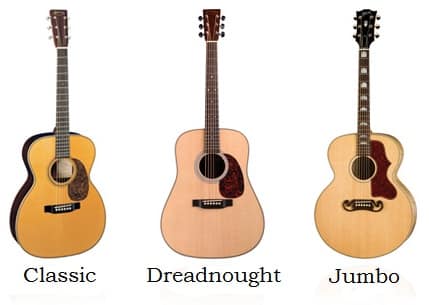
Selecting the right body style can seem confusing at first, however with a little knowledge about how guitar bodies are designed and what purpose they serve, you can find a body type which is best fitting to the kind of music that you want to play.
There are three body types which are commonly available for you to go by, The Dreadnaught body style which has a large Soundboard (or Top), the Jumbo and Grand Concert body styles which have a narrow waist styles with a large Soundboard for better playing comfort.
One guitar make which is pretty different from the traditional from the traditional acoustic guitars is Ovation. Ovation significantly differed from its predecessors in that it chose to use a specially developed fiberglass for the body called Lyrachord which had good reflective properties and was also resistance to heat and humidity. Despite being criticized by guitar purists, the brand remains successful for 35 years now.
12 String Acoustic Guitars
As intimidating as it sounds, a 12 string guitar is actually played just like a 6 string guitar. The 12 string guitar incorporates one extra string below each of the traditional strings tuned to the same note but one octave higher. This creates a doubling effect when you play the guitar thanks to the extra, one octave higher string.
Acoustic Electric Guitars
These are traditional acoustic guitars with an added pickup connected to an amplifier so that the player can move about freely without needing to stand in one place all the time. The most common pickups in use are the Piezo pickups which are essentially crystalline structure which sense changes in sound compression and emit a matching electrical signal.
Final Notes
The most important thing that you need to consider is obviously the kind of tunes that you will be playing and you playing style. Be sure to get a guitar that you are comfortable with. Again, if you are staring out then it is highly recommended that you start off with a reasonably priced guitar which is not too much on the pocket. You can always the high end Gibsons and Fenders when you are ready for them. I have personally seen too many people getting awestruck when they see a musician play, get the most expensive guitar they can get and then lose interest a couple months down the line. Find killer guitar deals at Guitar Finder – Ultimate Guitar Deals (Powered by Gear-Vault).


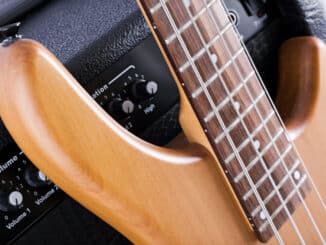
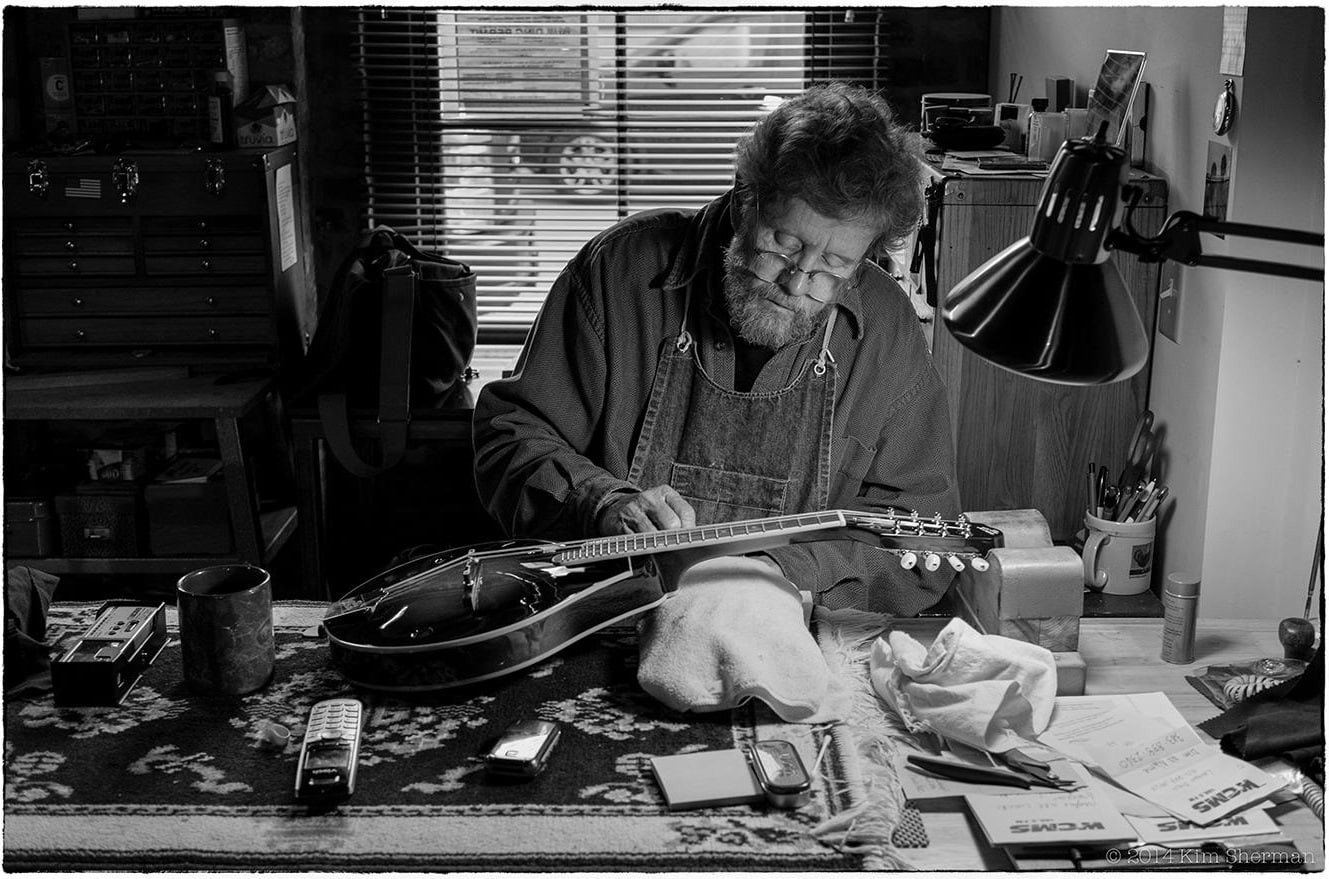
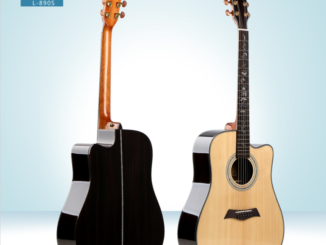
You guys are a wealth of information, a gold mine!! Thank you.
Ralph